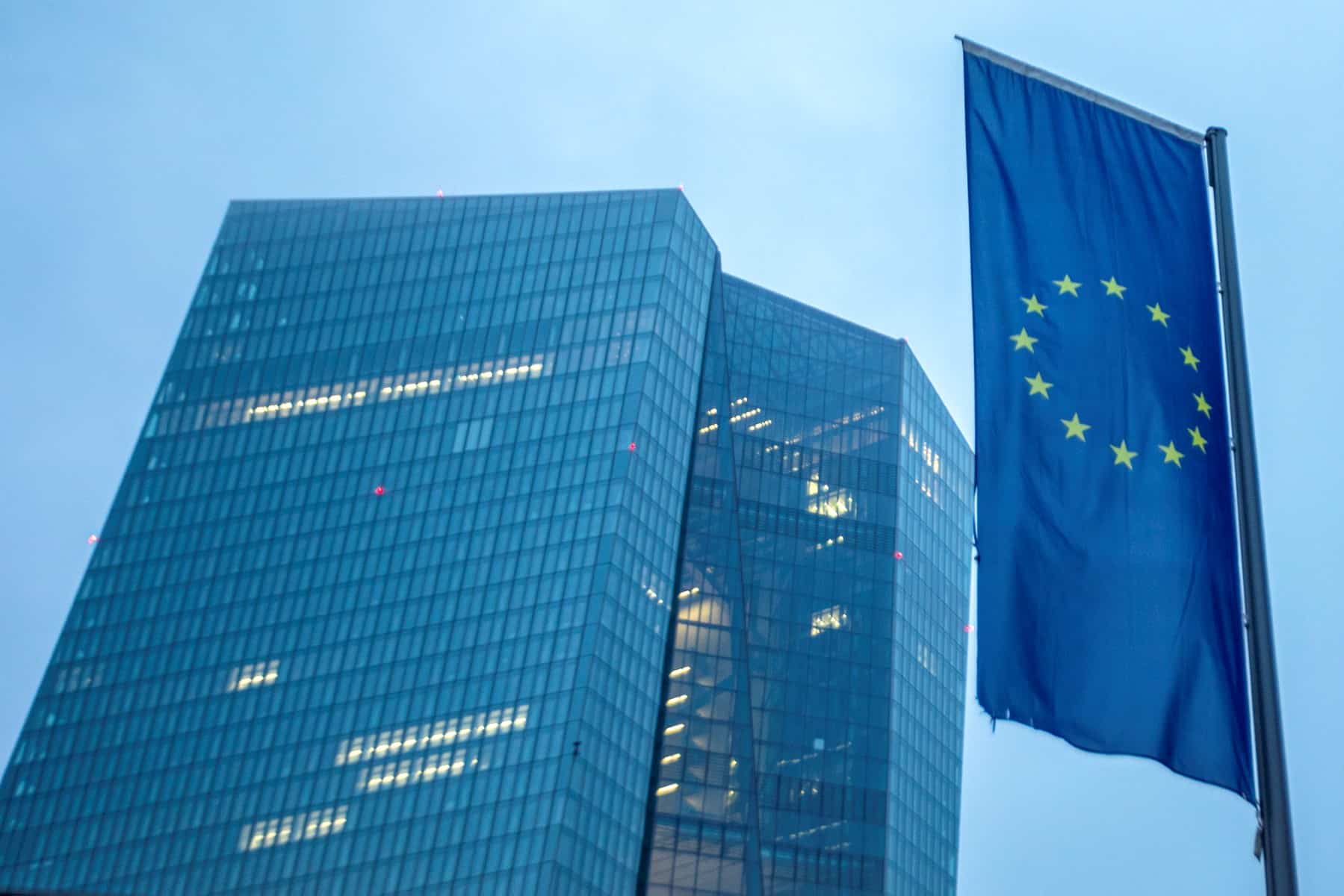For much of the past two years, policymakers on both sides of the Atlantic raised interest rates aggressively to fight a surge in prices, and, since last summer, they have left rates high as they assess whether inflation is under control, according to the New York Times.
European Central Bank policymakers are now emphasizing how much the inflation problem has eased in the eurozone. Last week, they flocked to meetings of the International Monetary Fund and World Bank in Washington with a common message: Europe’s economy is not like that of the United States.
All week, Europe’s policymakers reiterated their growing confidence that high inflation was dissipating in the eurozone and that their 2 percent inflation target was in sight. The ECB., which sets interest rates for all 20 countries that use the euro, has signaled it could cut rates at its next policy meeting in early June.
“We’re clearly in a disinflation process,” said Gabriel Makhlouf, governor of Ireland’s central bank and one of the 26 members of the ECB’s governing council. But, he added, “You can argue that what’s happening in the U.S. is potentially a sort of a re-acceleration.”
The Federal Reserve is facing surprisingly strong inflation readings, and investors have pushed back to the end of the year their bets on a rate cut. According to CNBC, recent statements by Fed Chair Jerome Powell and other policymakers have cemented the notion that rate cuts aren’t coming in the next several months. In fact, there even has been talk about the potential for an additional hike or two ahead if inflation doesn’t ease further.
In Europe, prices soared after Russia invaded Ukraine. More recently, inflation in the eurozone slowed last month to 2.4 percent.
The IMF recommended that the ECB cut rates quarterly in quarter-point increments until September 2025, which would take the deposit rate to 2.5 percent, from 4 percent.
In the past six weeks, the euro has weakened more than 2 percent against the U.S. dollar which has gained about 2.5 percent over the year, benefitting from a stronger-than-expected U.S. economic performance and receding calls for early Fed rate cuts.
GCC Inflation picture
The GCC market has significantly repriced expectations for interest rate cuts from the U.S. Fed, with only 50 basis points of cuts now expected, rather than the 150 bps in cuts anticipated at the start of the year, reported the National in an Op-Ed by Khatija Haque, chief economist and head of research at Emirates NBD.
Khatija said monetary policy in the GCC will remain tight, deterring some private sector investment and constraining household consumption.
“However, we expect public sector investment will continue to underpin non-oil growth in 2024 and beyond, as governments remain committed to pushing ahead with their economic diversification programs,” Khatija added.
The strong balance sheets of GCC governments should allow them to continue to invest in infrastructure and other strategic sectors even against a backdrop of high interest rates, as sovereign debt levels remain low, particularly when compared with oil-importing countries in the region.
Consumer inflation in the GCC has also slowed in the first quarter relative to the same period last year, and remains low by global standards, despite a sharp increase in housing costs in Dubai and Saudi Arabia.
Besides housing, transport is expected to be a source of inflationary pressure in the coming months, as higher global oil prices feed through to petrol and other transport costs in the UAE. Nevertheless, the IMF expects average inflation in the GCC this year to slow to 2.2 percent, similar to last year.








